6.1 Estimate and communicate annual nutrient loads from stormwater
Robust long-term monitoring and modeling programs that take into account surface and subsurface runoff, stream flows, and organic and inorganic nitrogen concentrations are essential for accurately estimating and managing nutrients in watersheds.
6.2 Quantify costs and effectiveness of stormwater best management practices
Stormwater Best Management Practices (BMPs) can capture and treat nutrient-laden runoff before discharge to water bodies, some with greater efficiency than others.
6.3 Encourage implementation of green infrastructure and resiliency in site plans of new and redevelopment
Florida’s current stormwater regulations were adopted in the 1980s, and research has shown that conventional stormwater treatments do not meet nutrient removal standards.
6.4 Adopt or update local ordinances to provide guidelines for stormwater pond management
Stormwater ponds and canals must be maintained to retain their nutrient removal efficiency, yet are generally lacking in long-term maintenance. Local ordinances would provide a mechanism for outreach, inspection and certification to ensure that stormwater ponds and canals are managed and maintained to maximize nutrient removal.
7.1 Distribute homeowner guides for home and neighborhood stormwater improvement BMPs and projects
A comprehensive guide to Best Management Practices for individual homeowners and neighborhoods would provide a “one-stop shop” of tools and information to advance community involvement in reducing nutrient pollution.
7.2 Continue support and capacity for homeowners and HOAs to install stormwater improvement projects with free professional consultations and cost-share grants
Free professional consultations, financial assistance, and replicable demonstrations of successful pond management, Florida-adapted landscaping or green infrastructure elements
7.3 Support recognition or leadership programs for homeowners, HOAs, and businesses adopting, funding, and promoting green infrastructure improvements and BMPs
Recognition programs can motivate and engage citizens to protect their local waters, and drive community momemtum for positive change.
7.4 Support and promote green infrastructure demonstration projects with interpretive signage on publicly accessible properties
Visibility and awareness of successful green infrastructure projects can be increased through interpretive signage, demonstration sites, and guided or self-guided tours at publicly accessible places such as parks, government buildings, botanical gardens and museums.
8.1 Restore and enhance wetland and shoreline hydrology and habitats to increase nutrient uptake and storage by plants
Protecting, restoring and enhancing wetlands and shorelines is among the most cost-effective nutrient reduction and climate mitigation tools available to communities.
8.2 Enhance fish and wildlife populations to increase nutrient uptake and biomass storage by animals
Restoration of fish and wildlife through stocking programs and habitat creation or protection can directly and indirectly contribute to nutrient removal while providing other ecosystem benefits.
8.3 Support large-scale land conservation and restoration programs
Conserving natural lands promotes natural cycling of nutrients through ecosystems, while providing a host of other community benefits. Currently, about 30% of Sarasota County lands have been protected by acquisition or conservation easement.
8.4 Support urban forestation and rewilding programs
Trees intercept and promote percolation of rainfall, reducing runoff. Policies that protect mature native trees, and encourage and incentivize tree plantings on both private and public property,


